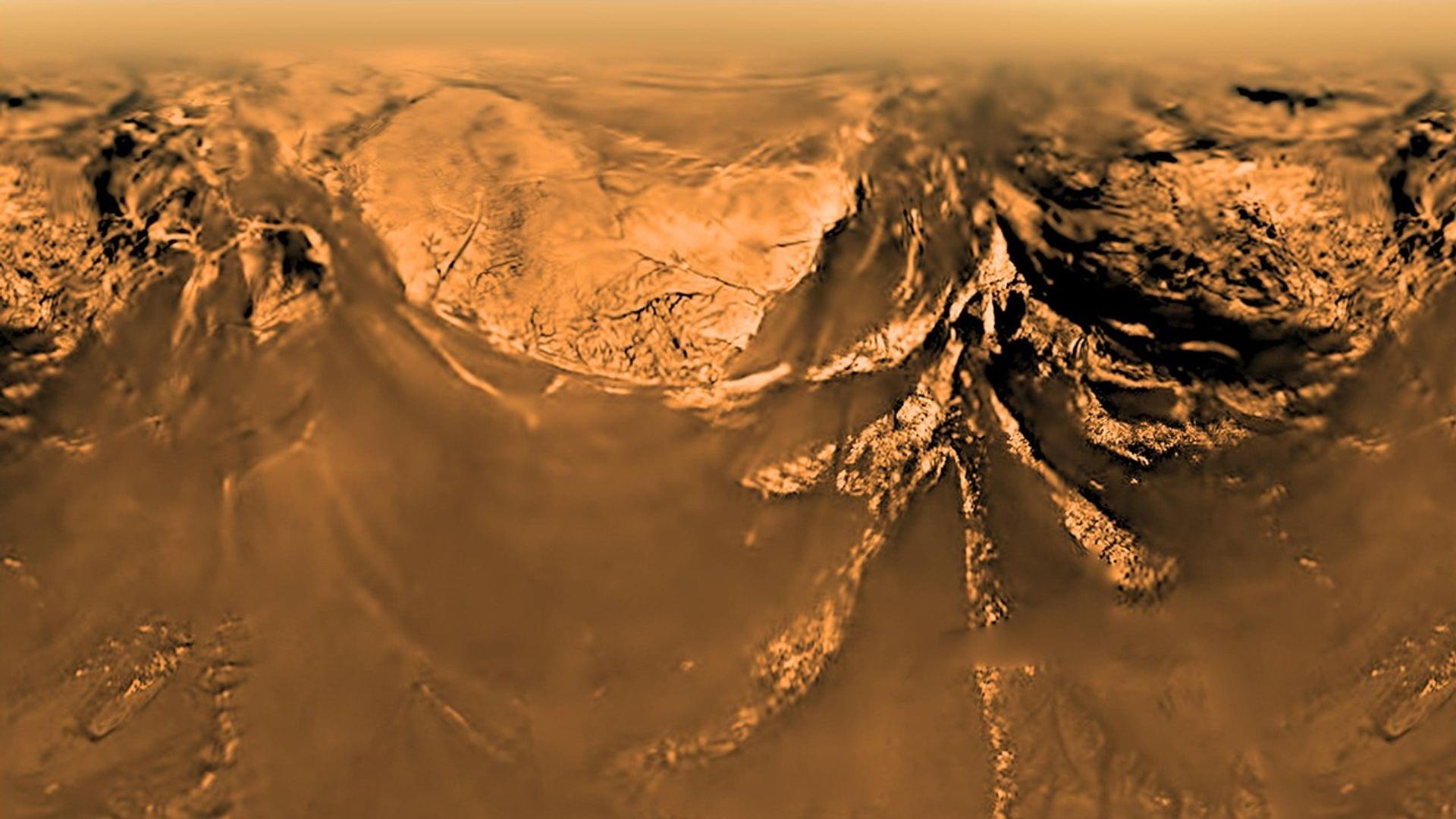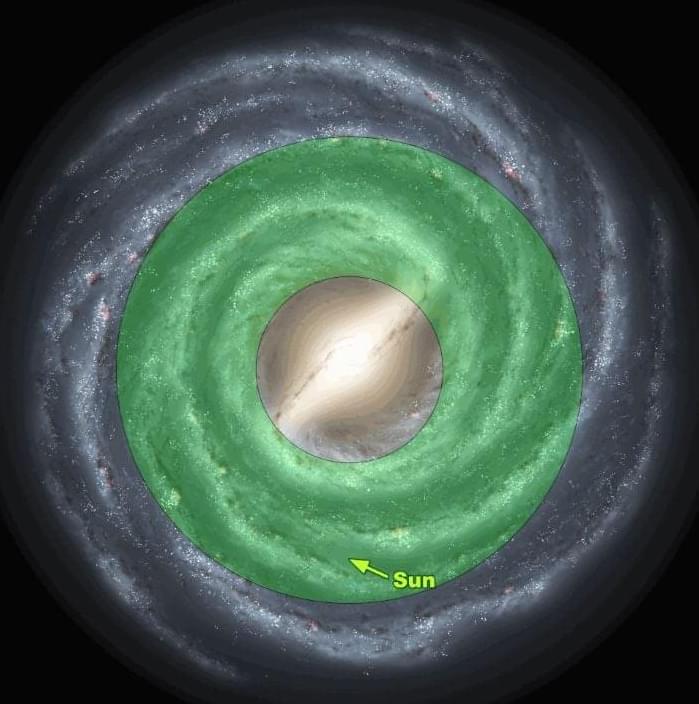SCP 22, known as The Morgue, is one of the most chilling and mysterious anomalies in the SCP Foundation archives. A simple hospital basement in Great Britain became the stage for an impossible phenomenon: cadavers rising without life, objects vanishing into nowhere, and a morgue that behaves less like a room and more like a machine.
In this speculative science deep dive, we explore SCP 22 through the lenses of biology, physics, and consciousness. Could these reanimated cadavers be powered by quantum vacuum energy? Is the morgue recycling entropy across dimensions? Or is it a misunderstood mechanism that uses humans as raw material for unknown purposes?
This essay-video blends science, philosophy, and horror to uncover the enigma of SCP 022.
If you enjoyed this video, leave a comment with your theory, subscribe for more speculative science essays, and share it with anyone who loves the SCP universe.






